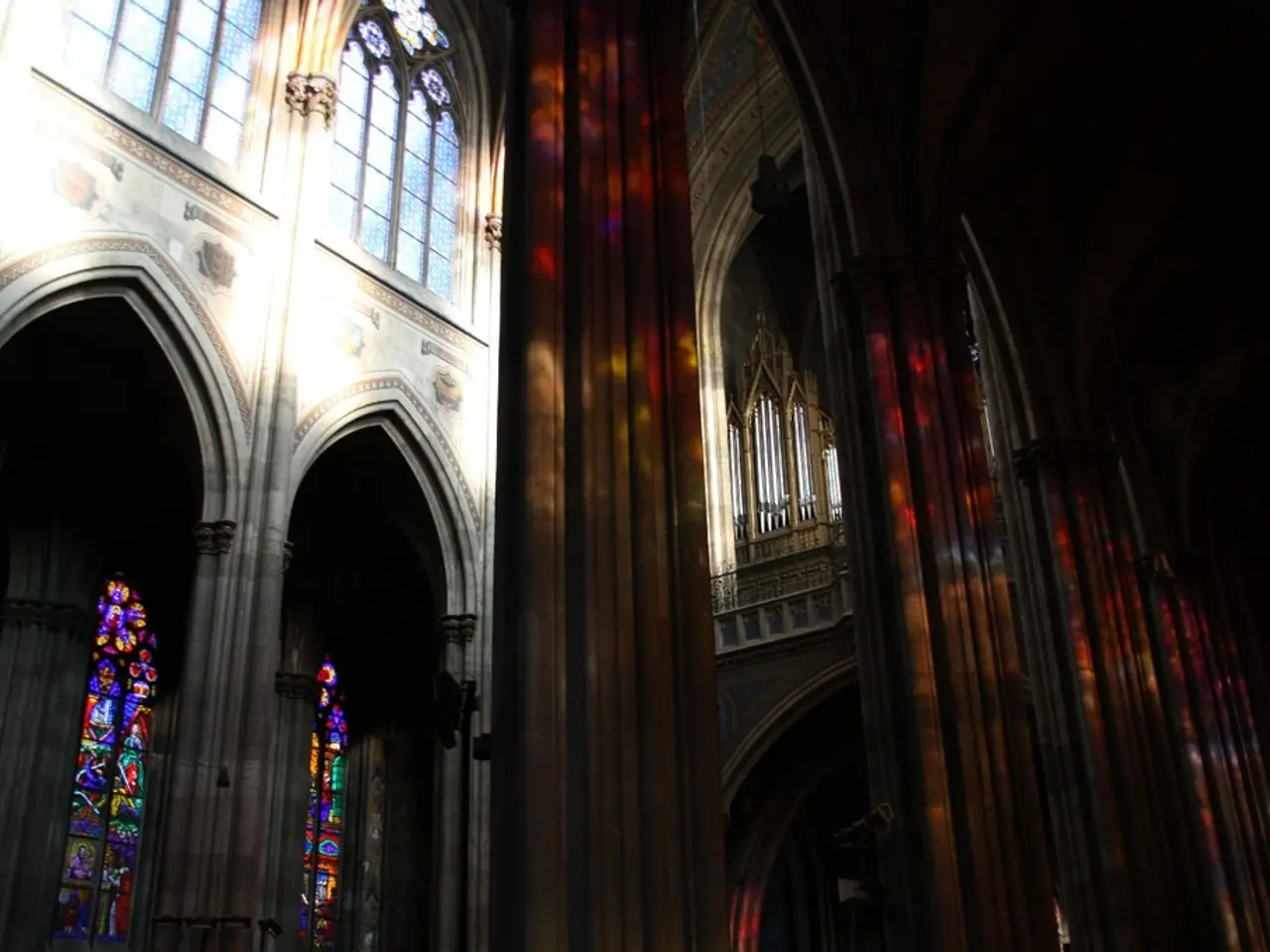Expressing my genuine sentiments about GIMP post its initial use
GIMP 3.0.4, the latest iteration of the popular open-source image editor, has been making waves in the digital art community. This update brings several notable improvements over its predecessor, GIMP 2.x, including a modernized user interface, non-destructive filters, and enhanced performance.
Improved User Interface and Non-Destructive Editing
One of the most significant changes in GIMP 3.0.4 is the modernized user interface. The new design is cleaner and more user-friendly, making it more competitive with professional-grade software. A key feature of GIMP 3.0.4 is the introduction of non-destructive filters, which allow users to apply effects that are reversible and adjustable after being applied. This significantly improves workflow flexibility.
Performance and Backend Improvements
GIMP 3.0.4 has undergone a modernization of its underlying architecture, resulting in better hardware acceleration, smoother user experience, and an updated codebase. However, some users note the lack of "killer" new features beyond these foundational updates. Compared to GIMP 2.x, which had limited high-bit depth support initially, GIMP 3.0 fully embraces the Generic Graphics Library (GEGL) for high bit-depth color processing and advanced color management.
Comparison with Adobe Photoshop Lightroom
While GIMP offers powerful tools such as layered editing, scripting, extensive format support, and advanced image adjustments, it is open-source and free, thus lacking some advanced AI-based or cloud-enabled features found in premium software like Lightroom. In terms of performance, GIMP 3.0's updated backend seeks to improve speed via hardware acceleration and better resource use, but may still lag behind highly optimized commercial software like Adobe Lightroom.
Notable Issues and Workarounds
Despite its improvements, GIMP 3.0.4 comes with some challenges. For instance, GIMP's RGB channels are displayed in their colours rather than grayscale, making channel operations like CHOPS difficult or impossible. The Open dialog cannot recognize or show certain RAW file formats like Lumix RW2, requiring users to drag and drop the file into GIMP. Additionally, the "Save Window Positions Now" button does not open a dialog to save window position prefs file, and the file-path input is missing in the "Open" dialog box.
However, there are workarounds and updates to address some of these issues. For example, the Resynth plugin for GIMP, which synthesizes texture or image segments, has been updated to be compatible with GIMP 3.0. Moreover, GIMP has added the open-source program Darktable to its installation package, which is an open-source Lightroom alternative that can open a wide range of RAW file formats.
Alternatives to GIMP
For users seeking alternatives to GIMP, Krita has emerged as a strong contender. Krita offers way better layers controls, non-destructive editing mostly on par with Photoshop, a UI that is easy to learn, use, and customize, and a better user-friendly deformation tools. Krita also boasts a better healing tool, brushes that blow GIMP's away, and a massive brush selection, making it a better option for retouchers.
In summary, GIMP 3.0.4's main advances center around non-destructive editing, a revamped UI, and performance improvements, bringing it closer to the modern workflows found in commercial digital art software. While it still lags behind in some areas, such as AI capabilities and integration, it remains the best open-source alternative with robust extensibility and comprehensive tools.
- The modernized user interface in GIMP 3.0.4 is designed to be cleaner and more user-friendly, making it more competitive with professional-grade software.
- One of the key features in GIMP 3.0.4 is the introduction of non-destructive filters, which allow users to apply effects that are reversible and adjustable after being applied.
- GIMP 3.0.4 has undergone a modernization of its underlying architecture, resulting in better hardware acceleration, smoother user experience, and an updated codebase.
- While GIMP offers powerful tools for layers editing, scripting, and advanced image adjustments, it lacks some advanced AI-based or cloud-enabled features found in premium software like Adobe Lightroom.
- Despite its improvements, GIMP's RGB channels are displayed in their colors rather than grayscale, making channel operations like CHOPS difficult or impossible.
- For users seeking alternatives to GIMP, Krita has emerged as a strong contender, offering way better layers controls, non-destructive editing, and a user-friendly deformation tools.
- The open-source program Darktable, which is an open-source Lightroom alternative, has been added to GIMP's installation package, allowing it to open a wide range of RAW file formats.
- In terms of performance, GIMP 3.0's updated backend seeks to improve speed via hardware acceleration and better resource use, but may still lag behind highly optimized commercial software like Adobe Lightroom.
- The creative cloud from Adobe offers a suite of creative tools including Photoshop, Illustrator, and InDesign, all designed to work seamlessly together, providing a powerful set of digital art and design tools for artists.



